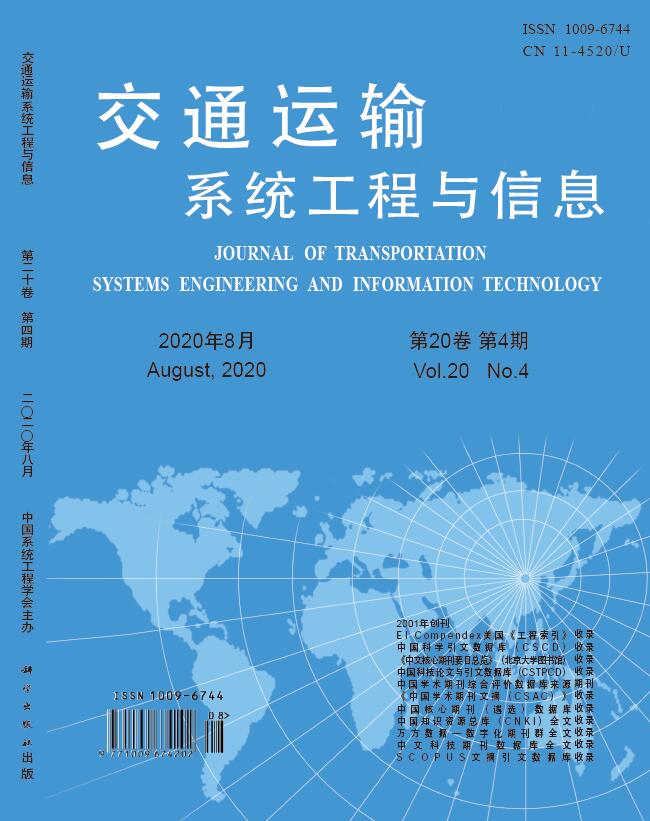In order to explore traffic characteristics of urban trunk road's short weaving areas, a multi-stage lane changing decision model with refined cellular automata size and step time for weaving areas was proposed, based on high resolution vehicle trajectory data. Firstly, zone segmentation was conducted, including upstream, downstream, weaving influence area, and so on, which was modeled by cellular automata with independent parameters and rules. Then, a lane changing model for upstream and downstream, and a multi-stage lane changing decision model of weaving influence area were established considering speed difference, vehicle gaps, and safety risks when changing lanes. At last, simulation and validation were carried out for the lane changing model without zoning (I), the STCA lane changing model with zoning (II), the multi- lane merging lane changing model with zoning (III), and the proposed model (IV). In comparison with field data, average lane traffic volume error of our model is 1.64% , average speed errors of model I ~ model IV are 98.35% , 23.77% , 16.46% , and 7.45% , respectively, for weaving influence area, and mean errors of lane changing times of model I ~ model IV are 33.34% , 97.75% , 62.97% , and 11.85% respectively. Therefore, the proposed model can effectively simulate complex lane changing behaviors and traffic characteristics of short weaving areas.


